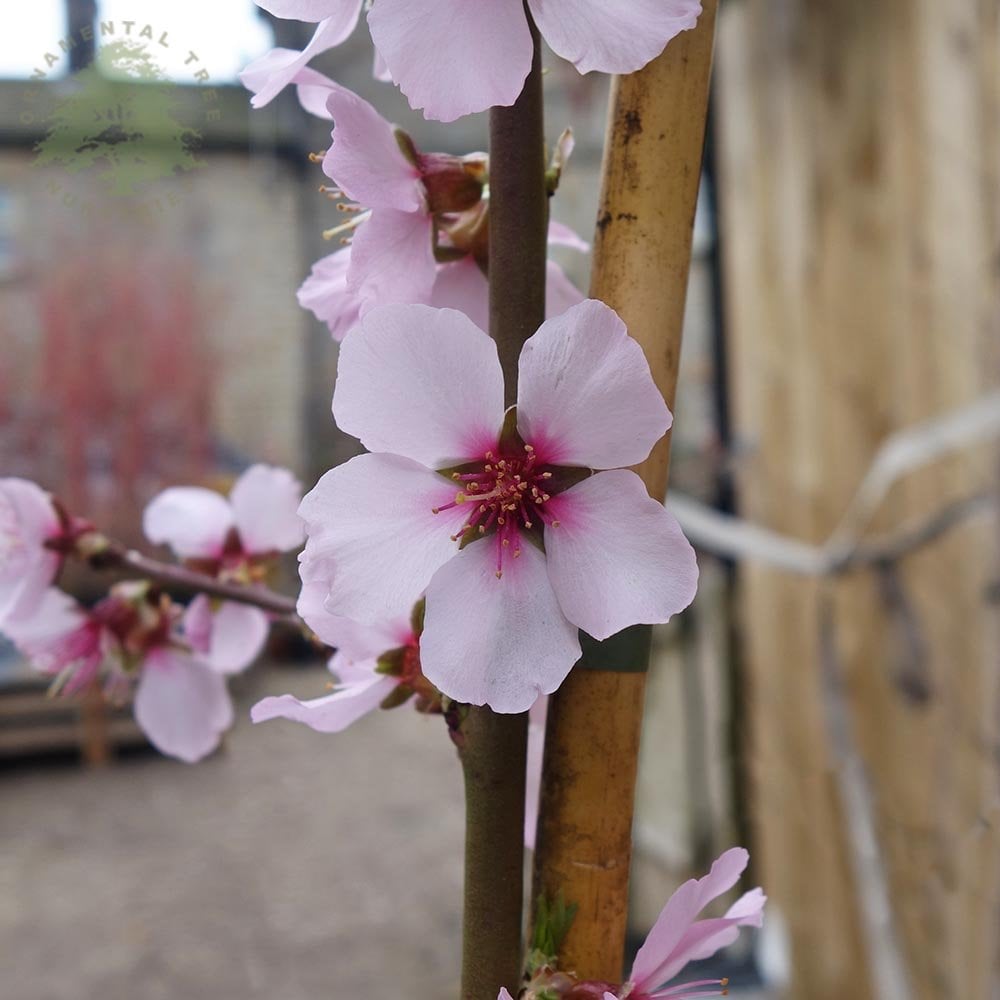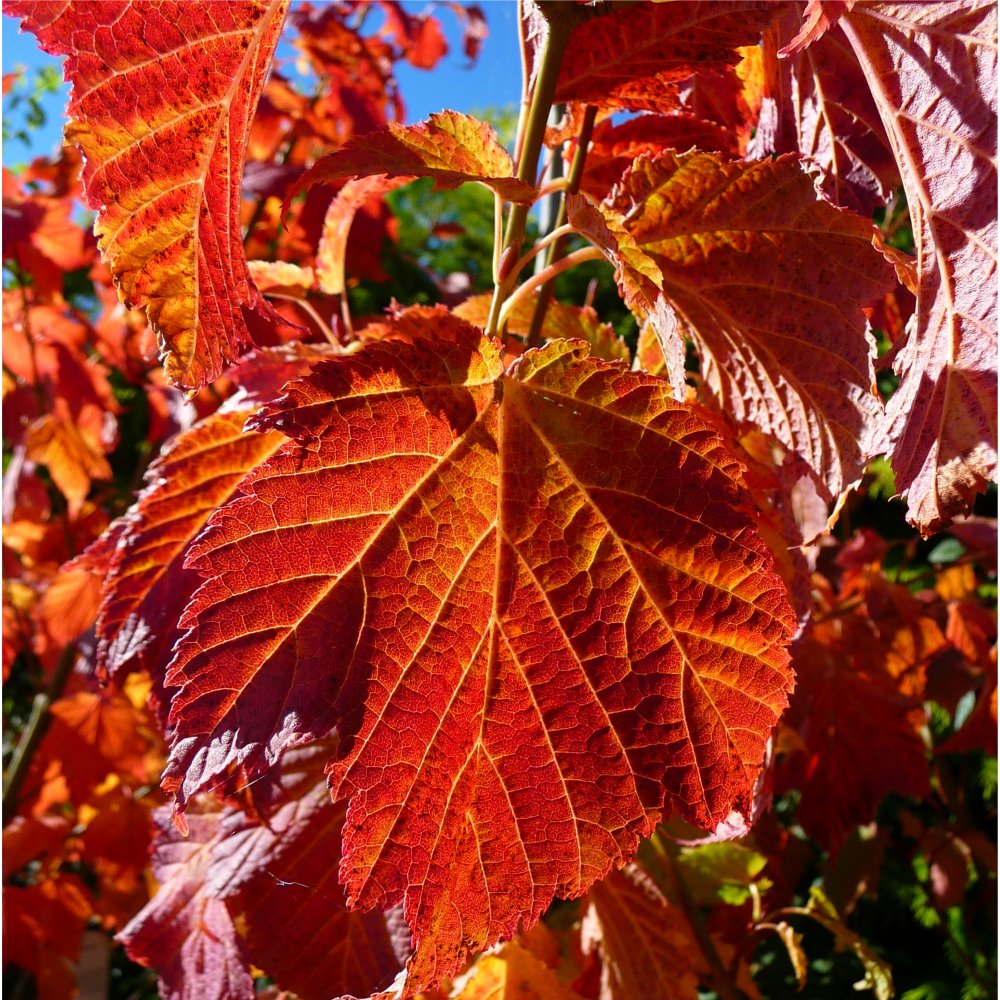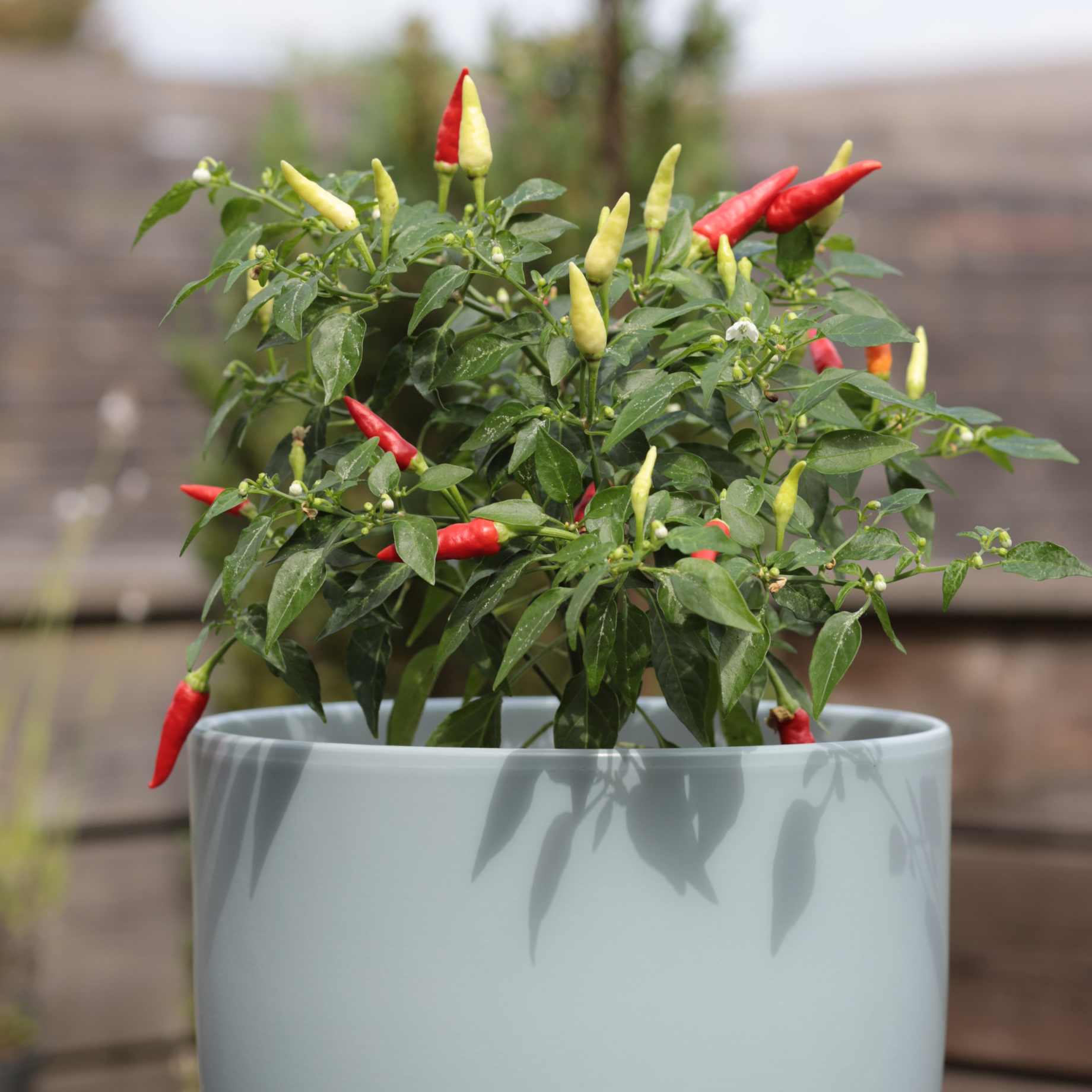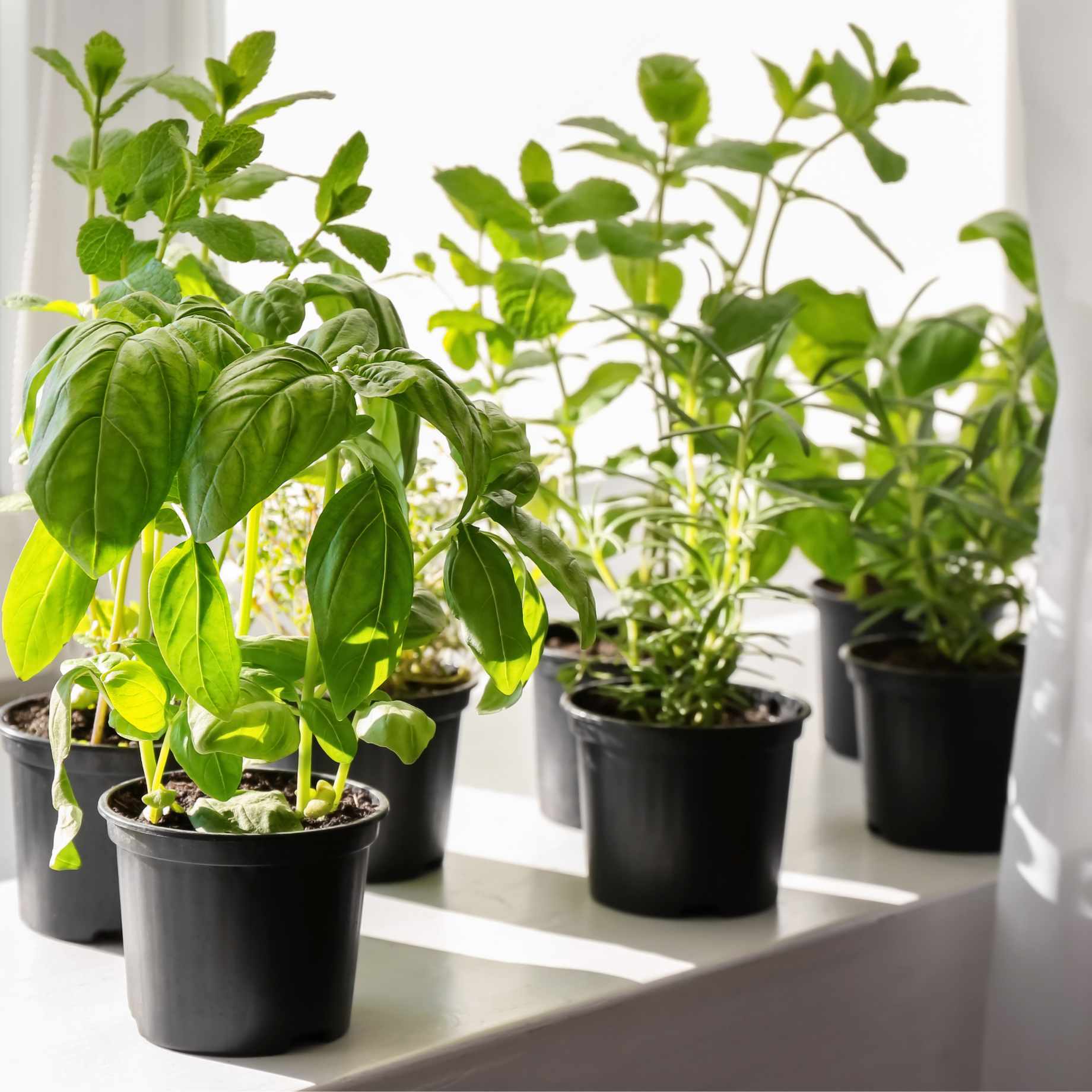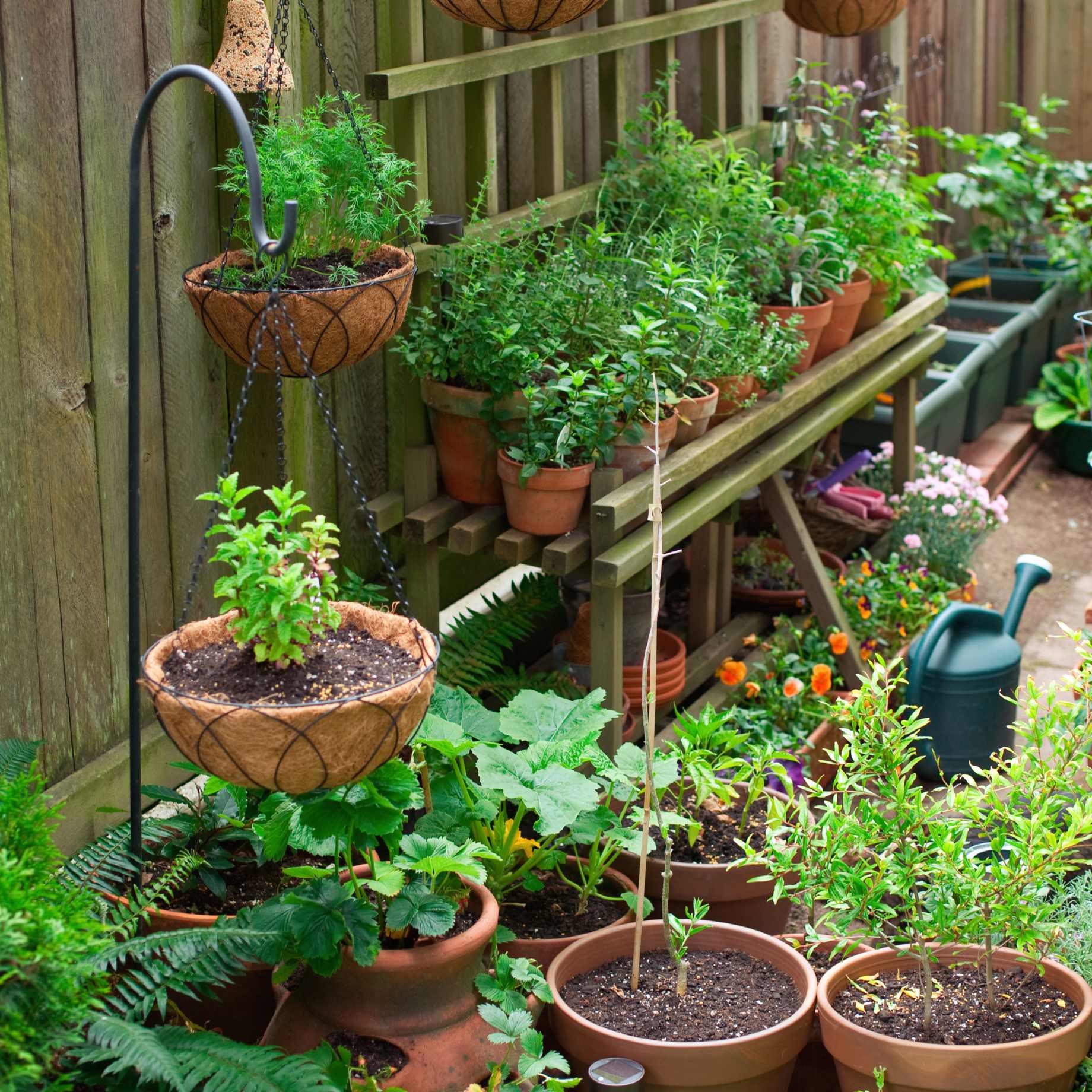Key features
Final size5x 4 metres in 20 years
FruitAlmonds can be eaten or used for culinary purposes
Pollination groupSelf fertile
PositionFull sun in a sheltered site
Description
Ingrid Almond erupts into a stunning display of large, pale pink, fragrant flowers in spring. The blossom is followed by fruits with a velvety covering and containing tasty almonds that can be picked in early autumn and used for eating or cooking.
With both ornamental and productive properties, this small self-fertile tree is an excellent choice for gardens and allotments. Expect Ingrid Almond to grow to a height and spread of 5×4 metres in 20 years. Plant in a sunny, sheltered position for a good crop of almonds. Alternatively, view our other edible nut trees.
AKA Prunus × persicoides ‘Ingrid’, Prunus dulcis ‘Ingrid’, Hybrid Almond Ingrid
Planting Steps
1Preparation
- Pot-grown plants can be planted at any time of year, whereas bare roots need to be planted between November and March.
- Clear weeds and grass within a metre of the planting hole.
- Dig a hole as deep as the root mass and twice as wide.
- To help your plant establish more effectively, sprinkle Rootgrow in the hole.
2Planting
- Gently loosen the roots and place into the planting hole.
- Ensure the top of the plant’s compost is flush with the level of the surrounding soil and the graft union or collar of the tree is above ground level.
- Mix 50% of the original soil with 50% compost.
- Fill in the hole, firming the soil gently.
3Last Steps
- Water generously around the base of the plant.
- If you are planting either a single stem tree or mature standard tree, we recommend adding a staking kit and rabbit guard.
Aftercare Advice
Trees and shrubs require a good watering regime for a couple of years whilst they establish. Water well and regularly through spring and summer, increasing in hot or dry weather. If planting in autumn, you may only need to water a little. It is advisable to keep the area free of competing weeds and grass during this period.
For more detailed advice and video guides, please visit our Help & Advice section.

